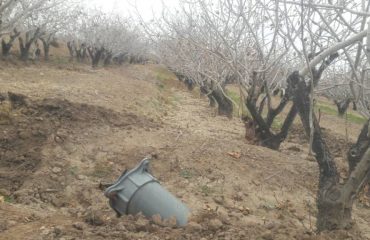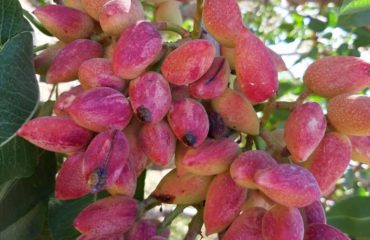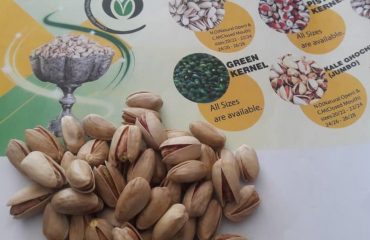Pistachio name
According to American Bertologist Loufer, who published a book about Iran in 1926, pistachio is important in ancient times in Iran, and the word pistachio in Greek, Latin and other European languages is derived from the name Iranian pistachio. The name of the tree was in ancient Persian Pistaka and in Middle Persian or Pistachio. And in today’s Persian, pistachios are pronounced.
Pistachio cultivated area
At present, Iran’s pistachio cultivation area is more than 360000 hectares, with Kerman province producing more than 270,000 hectares of fertile and non-fertile gardens producing 77% of the country’s total crop and is considered as the most important pistachio plant of Iran and Iran. Meanwhile, other pistachio provinces include: Yazd, Khorasan, Fars, Semnan, Sistan and Baluchestan, Qazvin, Central, Isfahan and Qom, which occupy more than 90,000 hectares of remaining crop area
Desirable soil of pistachios
The best soil for planting pistachio tree is light limestone soils. In light soils, fertilizer application is satisfactory for harvesting, but in heavy clay soils that retain high moisture content for a long time, planting of this plant does not produce a satisfactory result and the crop yield will not be significant. The pistachio tree partly tolerates soil salinity.
Favorable pistachio climate
Pistachio tree is resistant to severe winter cold and high summer heat. Pistachio tree is not compatible with humid air and soil. Excessive moisture in the soil causes gum disease and tree collar rot which gradually weakens the tree and eventually dries up. Pistachio tree is highly resistant to dehydration and drought so that older trees can survive without irrigation for very long (maybe several decades).
Packaging and Warehousing
Ready to be marketed as needed in large containers (60kg hemp) or small containers (nylon, cellophane and small cans of 5000 – 50g) and marketed. Packaging containers must contain a label containing information on the type, fruit shape, number of grains per nail, percentage, etc.
The sealed product is stored in a special warehouse at a temperature of about 5-15 ° C and in low humidity conditions with insect resistant floors and walls. Fan temperature and humidity controllers in the warehouse are among the appropriate storage standards. Packaging and bringing the product to the warehouse during the cold hours of the day (late at night or early in the morning) reduces the temperature of the product and increases its shelf life. Putting wooden or metal pallets on the floor is essential to prevent possible contamination of the product and transfer moisture to the floor.
Fertilizer
Pistachio tree needs a lot of fertilizer and animal manure alone cannot satisfy the needs of pistachio tree for food crop. Therefore, in addition to animal manure, fertilizers should also be used. They give manure to the tree in the fall and mix the fertilizer with soil twice in March and the other in June
Planting pistachio seedlings
Different methods of planting pistachio seedlings include planting in the main field. Planting in the nursery. Planting in plastic bags and so on is fully explained




